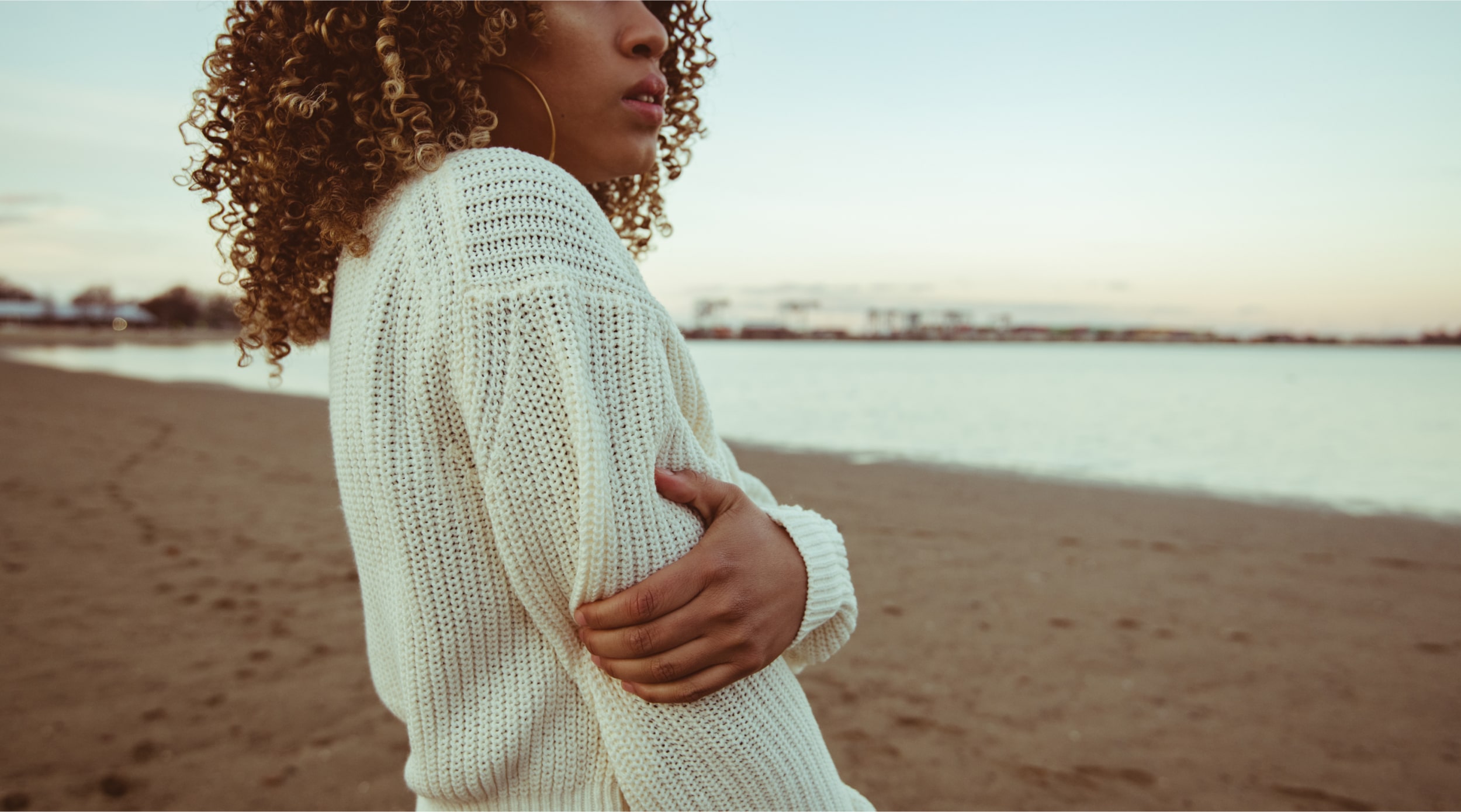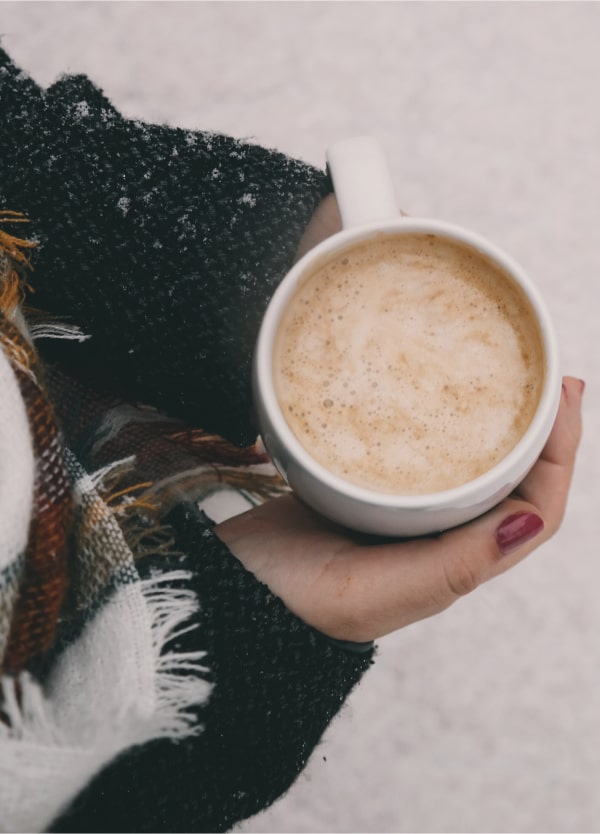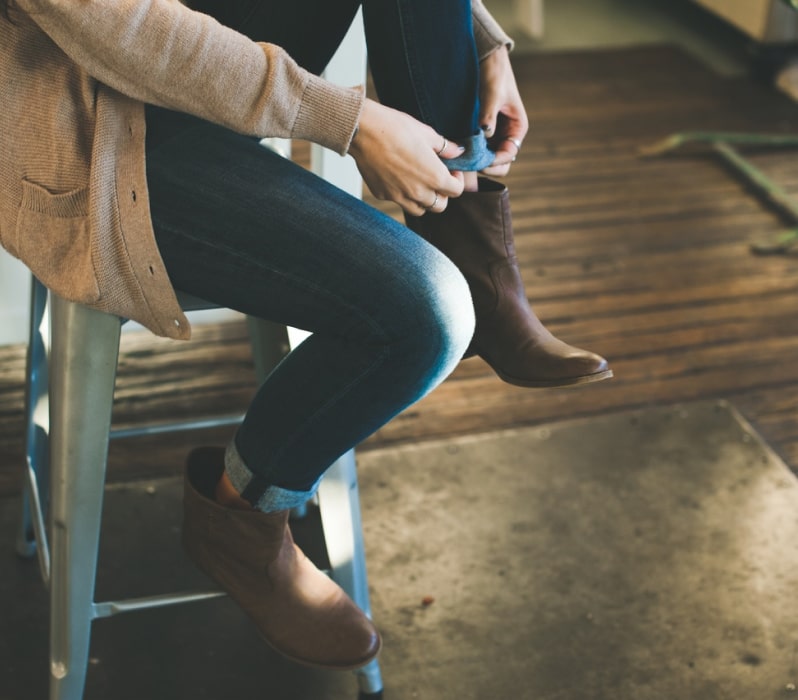Your cart is currently empty!
Recent Posts
Knitting and its types
•
What Is Knitting? Here we discussing Knitting and its types, Knitting is a method of fabric developing of fabric by interloping of yarn using needles, cams and sinkers in the machines. The resulting knitted fabric is stretchable, breathable, and soft making it perfect for a variety of applications Types of…
Textiles: From Fibers to fabric and Fabric Manufacturing Techniques
•
Introduction We discus here from Fibers to fabric and Fabric Manufacturing Techniques. Textiles are a necessary part of our daily lives; specially from the clothes to the furniture we use. But you should know how textile fabric made? This blog will help you through the fascinating journey of textiles —…
Hello world!
•
Welcome to WordPress. This is your first post. Edit or delete it, then start writing!







